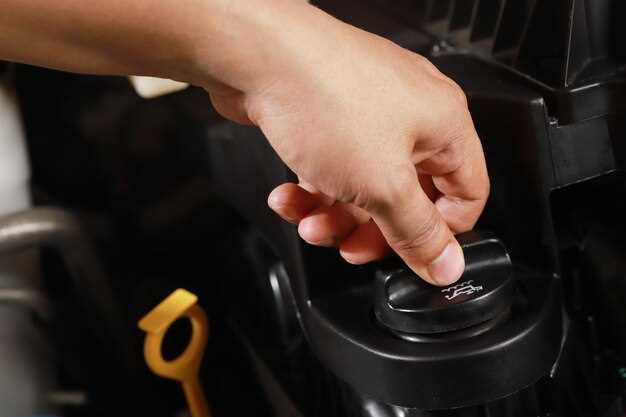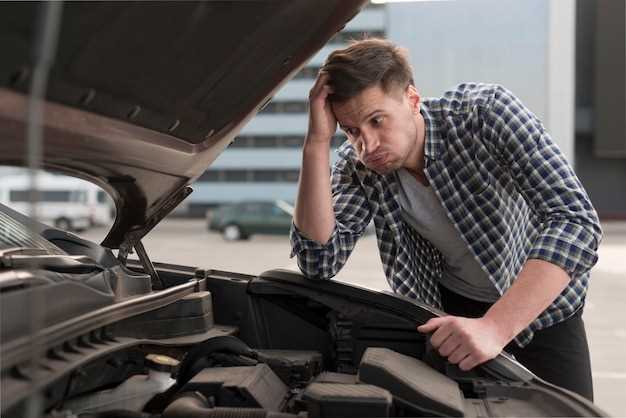
A starter motor is a crucial component of any vehicle’s starting system. Its primary function is to initiate the engine’s operation by providing the necessary torque to turn the engine over. However, like any mechanical component, the starter motor can experience failure, leading to frustrating situations when you least expect it. Understanding the signs of a faulty starter and knowing how to diagnose the issue can save time and money in the long run.
This comprehensive guide will walk you through a step-by-step process for checking your starter motor. We will cover everything from identifying common symptoms of failure to performing essential tests. Whether you are a seasoned mechanic or a car owner with minimal experience, this guide is designed to empower you with the knowledge and skills needed to assess your starter motor’s condition effectively.
By the end of this article, you will have a clearer understanding of how to identify potential issues with your starter motor and what to do next. Let’s get started on ensuring your vehicle operates smoothly and reliably!
Identifying Signs of Starter Motor Failure

Recognizing the early signs of starter motor failure can save you time and prevent further damage to your vehicle. Common symptoms include:
1. Clicking Sounds: When you turn the ignition key, a rapid clicking noise often indicates that the starter motor is not engaging properly. This could be due to a weak battery or a malfunctioning motor.
2. Engine Won’t Start: If you hear a single click or nothing at all when attempting to start your vehicle, the starter motor may have failed completely. This condition requires further investigation to determine if the motor is the root cause.
3. Intermittent Starting Issues: A starter motor on the verge of failure may work sporadically. If you find that your engine starts sometimes but not at other times, the motor may need to be replaced or repaired.
4. Smoke or Burning Smell: An overheated starter motor can produce smoke or a burning odor. This symptom usually indicates that the motor is drawing excessive current due to internal faults, which can lead to complete failure.
5. Dashboard Warning Lights: In some modern vehicles, specific warning lights related to the starting system may illuminate on the dashboard. If these lights appear, it is advisable to have the system examined, as they may point to issues with the starter motor.
6. Physical Damage: Inspecting the starter motor for any noticeable signs of wear, corrosion, or physical damage can provide additional clues to its condition. Cracks or damaged connections often suggest failure is imminent.
By being aware of these signs, you can take proactive measures to address starter motor failure before it leads to a breakdown. Regular maintenance checks can also help in prolonging the life of the starter motor.
Testing the Starter Motor for Electrical Issues
To effectively test the starter motor for electrical issues, you will need a multimeter and some basic tools. Start by ensuring that the vehicle’s battery is fully charged, as a weak battery can affect the starter motor’s performance.
Begin the test by disconnecting the negative battery cable to prevent any accidental shorts. Next, locate the starter motor, which is usually found near the bottom of the engine, close to the transmission. Inspect the wiring for any visible damage, such as frayed insulation or loose connections, which can hinder electrical flow.
Using the multimeter, set it to measure voltage. Reconnect the battery and check the voltage at the starter motor’s terminals. A healthy starter motor should receive around 12 volts when the ignition key is turned. If you measure significantly lower voltage, this indicates an issue either with the wiring or the battery itself.
Next, check the starter motor’s solenoid, if equipped. This component can also fail and may cause the starter motor not to engage. You can test the solenoid by measuring the voltage at the solenoid terminal while a helper turns the ignition key to the start position. It should also read around 12 volts. If not, the starter relay or ignition switch might be faulty.
If the voltage is present at the starter motor and solenoid but the starter does not engage, the motor itself may have internal electrical problems. Perform a bench test by removing the starter motor and connecting it directly to a known good battery. If the motor spins, it indicates that the motor is functional; if not, it likely needs replacement.
Finally, ensure that all connections are clean and tight, as poor connections can lead to intermittent faults. Testing the starter motor for electrical issues systematically will help identify the source of the problem and ensure reliable starting in your vehicle.
Steps to Replace a Malfunctioning Starter Motor

Replacing a malfunctioning starter motor is essential to ensure your vehicle starts correctly. Follow these steps carefully for a successful replacement.
1. Gather Necessary Tools and Materials
Before starting, collect the tools you need: a socket set, wrenches, a multimeter, and a ratchet. Also, obtain a replacement starter motor specific to your vehicle’s make and model.
2. Disconnect the Battery
Safety first. Disconnect the negative terminal of the battery to prevent any electrical failures or shocks during the replacement process.
3. Locate the Starter Motor
Identify the location of the starter motor. Typically, it is found near the base of the engine, close to where the transmission meets the engine block. Consult your vehicle’s manual if necessary.
4. Remove the Starter Motor
Start by disconnecting the electrical connections attached to the starter. Carefully unscrew any mounting bolts securing the starter motor in place. After the bolts are removed, take out the starter by gently pulling it away from the engine.
5. Compare the New Starter with the Old One
Before installing the new starter, compare it with the old one to ensure proper fit. Verify that all mounting points and electrical connections are the same, preventing any future failures.
6. Install the New Starter Motor
Position the new starter motor in place and secure it with the mounting bolts. Make sure it is tightly fitted to avoid any movement that could lead to malfunction.
7. Reconnect Electrical Connections
Reconnect all electrical connections to the starter motor, ensuring they are secure. Check for any signs of damage on the connectors and replace if necessary to prevent future issues.
8. Reconnect the Battery
Once everything is in place, reconnect the negative terminal of the battery. Double-check all connections to ensure they are secure and functioning correctly.
9. Test the New Starter Motor
Turn the ignition key to the ‘on’ position and start the engine. If the starter operates properly, you should hear it engage without any unusual noises. If there are still issues, re-evaluate your connections.
10. Final Checks
After successful installation and testing, inspect the area around the starter motor for any tools or debris that may have been left behind. Close the hood of your vehicle, and you are ready to hit the road.



